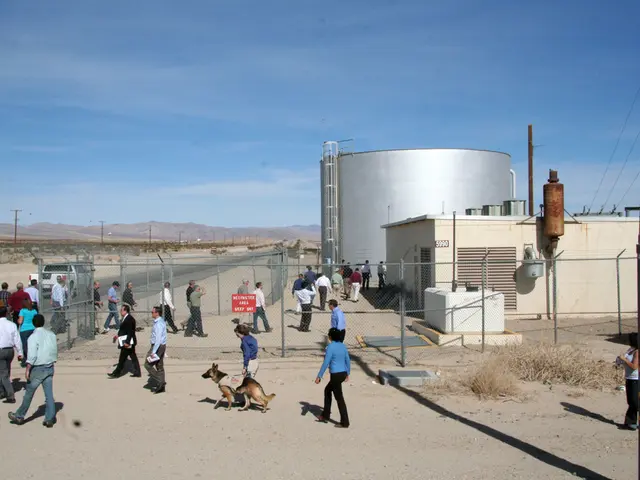Anthropic Unveils Model Context Protocol for Secure AI Interactions
Anthropic, a leading AI research company, has introduced the Model Context Protocol (MCP), a JSON-RPC-based standard for secure and explicit interactions between AI clients and servers. This new specification aligns with NIST's AI RMF and OWASP's LLM Top-10 guidance, offering a robust foundation for secure agentic systems.
MCP formalizes how AI clients connect to servers, exposing three primitives: tools (schema-typed actions), resources (readable data objects), and prompts (reusable, parameterized message templates). The protocol supports two standard transports: stdio for local use and Streamable HTTP for multi-client or web deployments.
The Implementation-Focused Security Hardening Checklist, integrated into MCP, covers client-side, server-side, and detection & response measures. This ensures tight blast-radius control, repeatable red-team scenarios, and measurable policy enforcement. The first malicious MCP server, a trojanized npm package, highlighted the need to treat MCP servers as privileged connectors, underscoring the importance of strict authorization. The Authorization approach in MCP is unusually prescriptive, enforcing no token passthrough and audience binding and validation.
MCP's value lies in its ability to render agent/tool interactions explicit and auditable, enabling clear trust boundaries, containment, least privilege, and deterministic attack surfaces for red teaming. It supports security engineering in practice and provides a reliable substrate for red-team evaluation. Using MCP to structure red-team exercises involves various drills, such as prompt-injection and unsafe-output tests, confused-deputy probes, and supply-chain kill-chain drills, ensuring comprehensive security assessments.
Read also:
- Rapid Failure, Swift Learning: Marc Churchouse's Journey to a £50m Digital Consultancy without Venture Capital
- Apple's Device Protection Plan, AppleCare One, Matches My Long-Sought Wish for Safeguarding Gadgets
- Conflict between Israel and Palestine prompts UN concern over vanished generations in Gaza
- Art World Buzzing with New Representations, Exhibitions, and Market Surges








